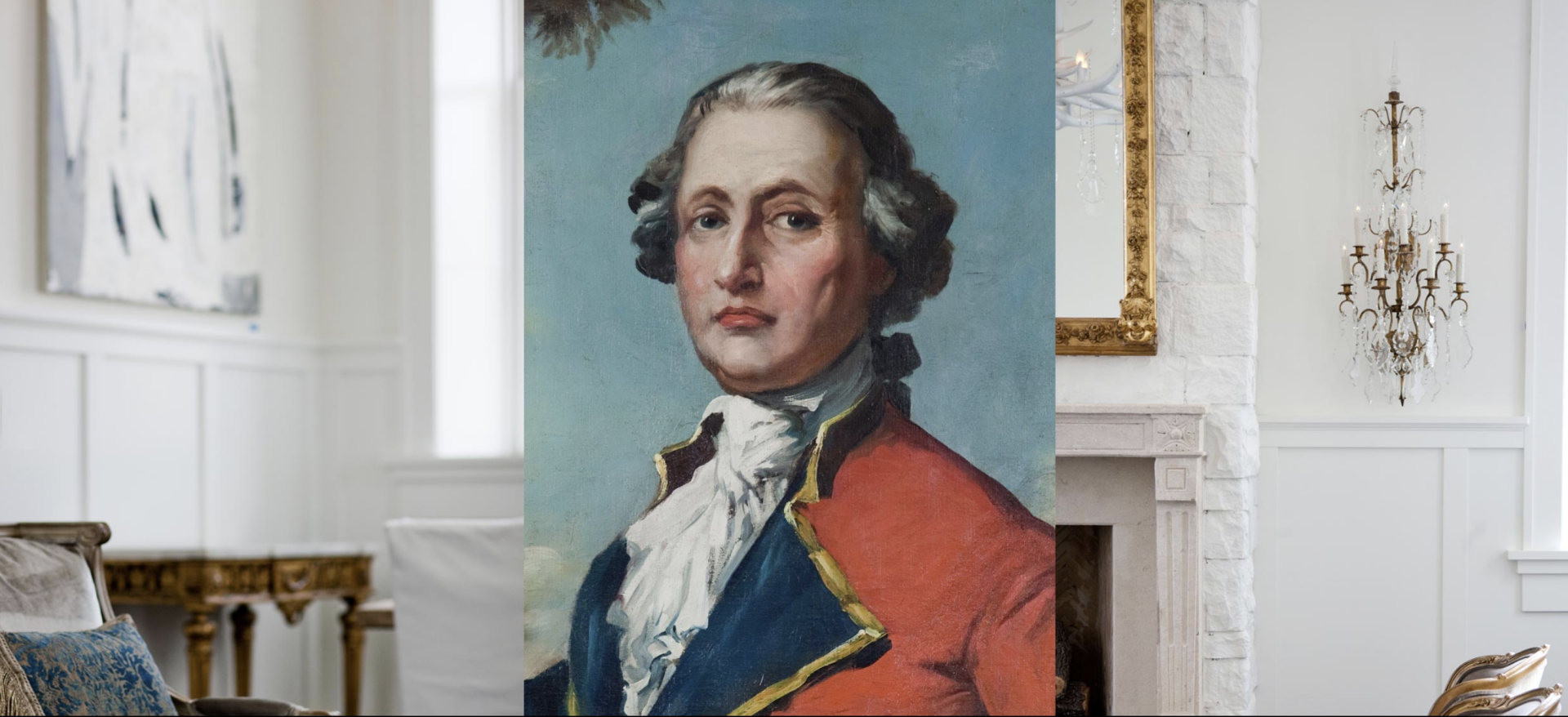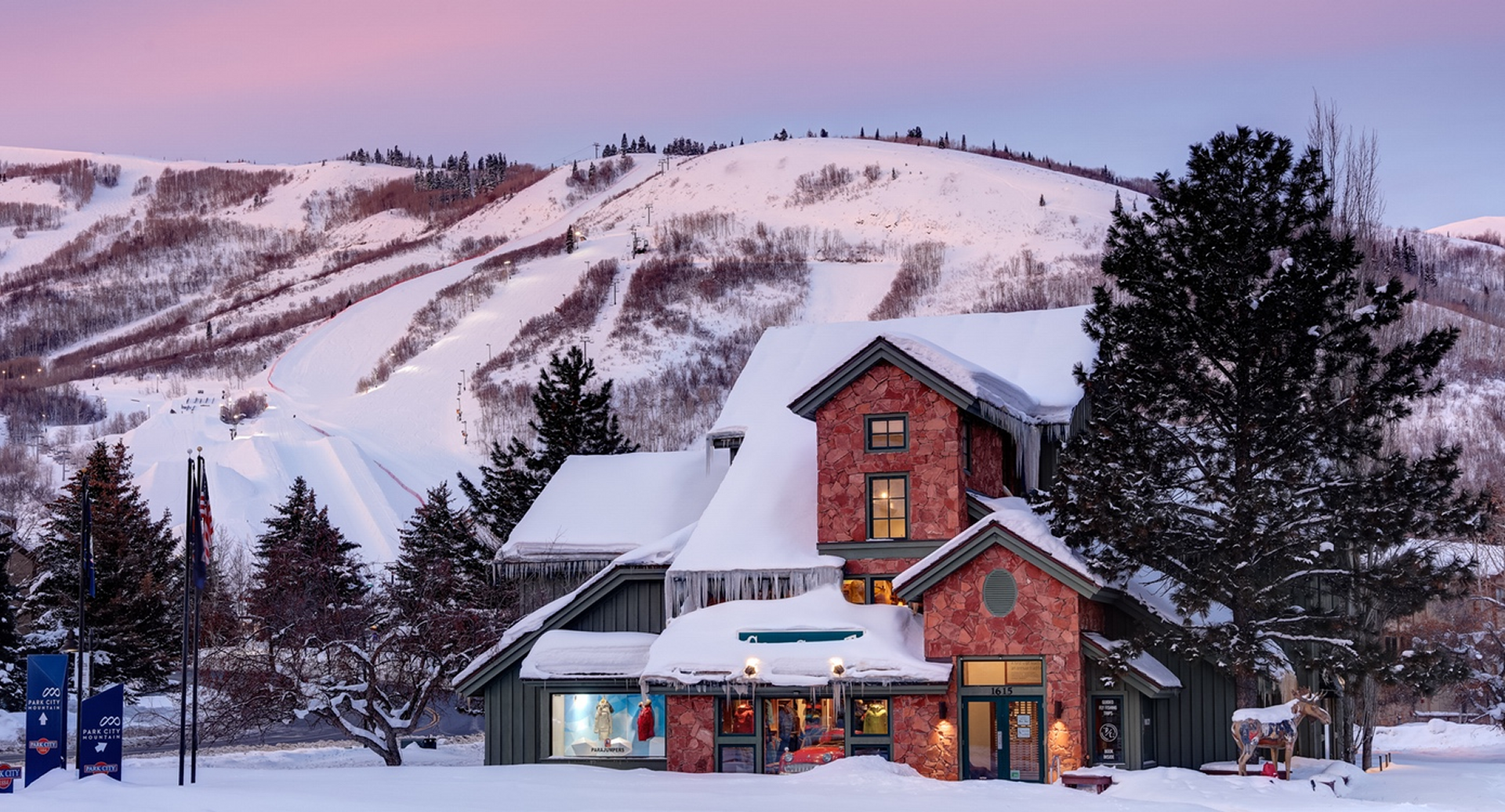
Park City
Canyons & Mountains.
Lat. 40.646061 | Long. -111.497971
Silver Mining Era (1868–1950s)
Discovery of Silver:
In 1868, soldiers stationed in the area discovered silver. This marked the beginning of Park City’s mining boom.
The Ontario Mine, opened in the 1870s, was one of the richest silver mines in the world.
Economic Boom:
By the late 19th century, Park City was a thriving mining town with over 10,000 residents.
A mix of cultures emerged as miners from Ireland, Scandinavia, China, and other parts of the world settled in the area.
Great Fire of 1898:
A devastating fire destroyed much of the town, including its wooden structures. However, the community quickly rebuilt using brick and stone, many of which still stand today.
-
The history of Park City, Utah, is a fascinating journey from its origins as a mining town to its current status as a world-renowned resort destination. Here's an overview:
Early History
Indigenous Inhabitants: The area was originally home to the Ute Native Americans, who used the land for hunting and gathering.
Exploration and Settlement: European-American settlers arrived in the mid-1800s. Early settlers were mostly Mormon pioneers, but Park City developed outside of the Mormon cultural sphere.
Silver Mining Era (1868–1950s)
Discovery of Silver:
In 1868, soldiers stationed in the area discovered silver. This marked the beginning of Park City’s mining boom.
The Ontario Mine, opened in the 1870s, was one of the richest silver mines in the world.
Economic Boom:
By the late 19th century, Park City was a thriving mining town with over 10,000 residents.
A mix of cultures emerged as miners from Ireland, Scandinavia, China, and other parts of the world settled in the area.
Great Fire of 1898:
A devastating fire destroyed much of the town, including its wooden structures. However, the community quickly rebuilt using brick and stone, many of which still stand today.
Decline of Mining:
By the mid-20th century, falling silver prices and the depletion of ore led to a decline in mining operations. Many residents moved away, and Park City became a near ghost town.
Transition to Recreation and Tourism (1950s–1980s)
Ski Industry Beginnings:
In 1963, the first ski resort, Treasure Mountains Resort (now part of Park City Mountain Resort), opened.
This marked the shift from mining to recreation as the primary industry.
Sundance Film Festival:
Founded in 1978 by Robert Redford, the festival became a key event in independent filmmaking and significantly raised Park City's profile.
Olympic Legacy:
Park City hosted several events during the 2002 Winter Olympics, further cementing its status as a premier winter sports destination.
Modern Era
Resort Expansion: Park City Mountain Resort merged with The Canyons Resort in 2015, creating the largest ski resort in the United States.
Preservation of History:
The town has preserved its historic Main Street and numerous structures from the mining era.
The Park City Museum offers exhibits on mining, skiing, and the town’s evolution.
Legacy
Park City’s history is a testament to resilience and adaptation. From its roots in the rugged mining industry to becoming a hub for outdoor enthusiasts and film lovers, the town’s evolution reflects its unique character and charm.
SUMMER
AUTUMN
WINTER

Park City Mountain Resort
Founded in 1970 as a gymnastics camp nestled in the scenic mountains of central Pennsylvania, Camp Woodward has evolved into a premier destination for lifestyle and action sports progression. For nearly 50 years, Woodward has cultivated a world-class environment that inspires creativity and empowers youth and professional athletes to reach new heights. With multiple locations across North America, Woodward continues to expand, drawing passionate athletes and top professionals from around the globe.
Deer Valley Resort
Travel + Leisure's #1 Resort in Utah

Washington School House Hotel
Modern American Cuisine Born in the Mountains
EST. 1995
















